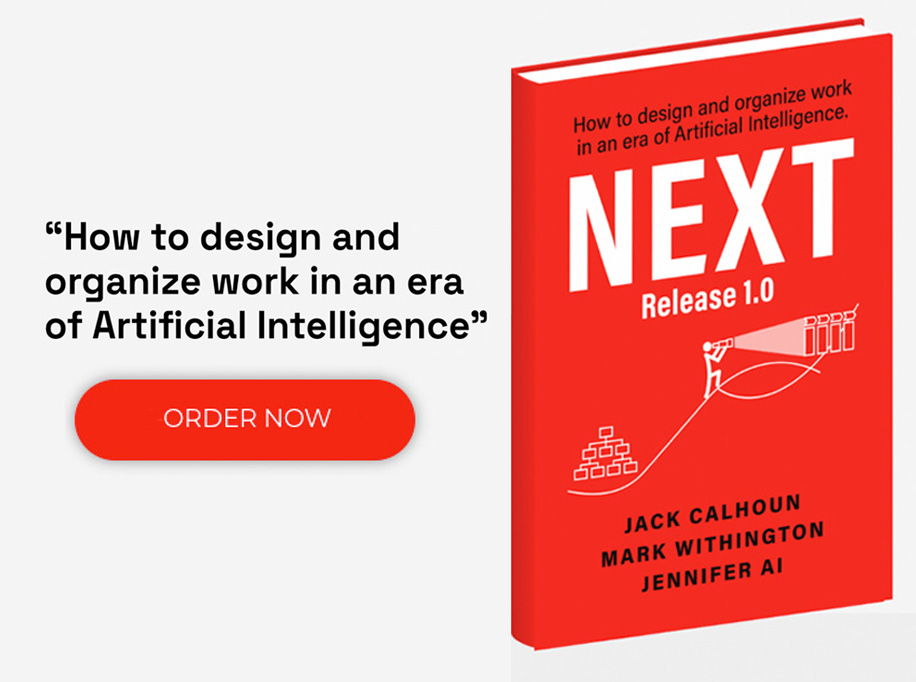Companies with strong CX strategies outperform their competitors, enjoying higher customer satisfaction, loyalty, and advocacy. But creating a standout CX is no simple feat. It requires a deep understanding of the customer journey and a systematic approach to designing and delivering experiences that exceed expectations. That’s where the AIDA model shines.
AIDA Model, Explained
The AIDA model is a classic marketing framework that describes the customer journey from initial awareness of a product or service to the final action or purchase.
AIDA stands for:
- Attention (or Awareness)
- Interest
- Desire
- Action
Let’s explore each stage in more detail.
Attention (or Awareness):
In this initial stage, the goal is to capture the customer’s attention and make them aware of your product, service, or brand. This can be achieved through various marketing channels such as advertising, social media, content marketing, or public relations. The key is to stand out from the competition and make a strong first impression that piques the customer’s curiosity.
Interest:
Once you’ve captured the customer’s attention, the next step is to generate interest in what you’re offering. Doing so involves providing more information about the features, benefits, and unique value proposition of your product or service. The aim is to help the customer understand how your offering can solve their problems or meet their needs better than the alternatives. Engaging content, demonstrations, and testimonials can be effective tools at this stage.
Desire:
At this point, the customer is not only interested in your product but actively desires it. They’ve moved from a rational understanding of its benefits to an emotional connection and a belief that it will improve their life in some way. Marketing tactics at this stage focus on building this emotional bond, creating a sense of urgency, and overcoming any lingering doubts or objections. Limited-time offers, social proof, and vivid imagery can help stoke desire.
Action:
The final stage is where the customer takes the desired action, which is typically making a purchase. The key here is to make the action as easy and frictionless as possible, removing any barriers that could lead to second thoughts or abandonment. Clear calls-to-action, simple checkout processes, and multiple payment options can help guide the customer across the finish line.
It’s important to note that the AIDA model is not always a linear process. Customers may move back and forth between stages, and some may skip stages entirely. However, understanding the general progression can help marketers craft more effective strategies and guide customers toward a final decision.
How the AIDA Model Applies to Customer Experience
By understanding the customer’s journey through the lens of Attention, Interest, Desire, and Action, organizations can craft service experiences that guide customers toward a satisfying outcome.
At Accelare, we add a fifth stage, Satisfaction, to the traditional model. Our extension acknowledges that the customer journey doesn’t end with the purchase or action but continues into the post-purchase phase where ensuring customer satisfaction and loyalty is crucial.
By mapping key Moments of Truth (MoTs) to each stage of the AIDA(S) journey, organizations can identify the critical touchpoints that shape customer perceptions and design proactive strategies to optimize these interactions. Our customer-obsessed approach, combined with the power of personas and empathy mapping, drives the creation of service experiences that meet functional needs and resonate on a deeper, emotional level.
Benefits of Using the AIDA Model in CX Strategy
Here are some key benefits of using the AIDA model in CX strategy:
Structured Approach
The AIDA model provides a clear, structured framework for understanding the customer journey. Breaking down the journey into distinct stages (Attention, Interest, Desire, Action, Satisfaction) helps organizations navigate the complex landscape of customer interactions and design targeted strategies for each phase.
Customer-Centric Focus
Adopting the AIDA model puts the customer at the heart of your CX strategy. It encourages a deep understanding of customer needs, motivations, and behaviors at each stage of their journey. Taking a customer-centric approach ensures that all touchpoints and interactions are designed with the customer in mind, leading to more relevant and engaging experiences.
Targeted Strategies
By aligning your CX initiatives with the specific goals of each AIDA stage, you can develop more targeted and effective strategies. For example, tactics to grab attention (A) will differ from those aimed at building desire (D) or facilitating action (A). This targeted approach optimizes resource allocation and improves the impact of your CX efforts.
Improved Conversion
A well-executed AIDA strategy can significantly improve conversion rates. By guiding customers smoothly through each stage of the journey, from initial awareness to final action, you remove barriers, build trust, and increase the likelihood of a successful outcome, whether that’s a sale, a sign-up, or another desired action.
Enhanced Satisfaction and Loyalty
Extending the model to AIDA(S) emphasizes the importance of post-purchase satisfaction. You foster customer satisfaction and loyalty by focusing on delivering a positive experience beyond the sale. Happy customers are more likely to become repeat buyers, advocates, and brand promoters, driving long-term success.
Measurable Results
The AIDA model provides a framework for setting clear objectives and measuring results at each customer journey stage. By defining key performance indicators (KPIs) for each phase, such as awareness metrics, engagement rates, conversion ratios, satisfaction scores, and our favorite, the Customer Obsession Yield Number (COYN), you can track the effectiveness of your CX strategies and make data-driven decisions for continuous improvement.
Organizational Alignment
Implementing the AIDA model can help align your organization around a common understanding of the customer journey. By providing a shared language and framework, it facilitates cross-functional collaboration. It ensures that all departments, from marketing to sales to customer service, work together towards the same customer-centric goals.
Competitive Advantage
By leveraging the AIDA model to design and deliver exceptional CX, you can set yourself apart from competitors, build stronger brand preferences, and drive customer loyalty and advocacy, all of which contribute to sustainable business growth.
Real-World Examples of the AIDA Model for CX
Let’s consider an example of a working parent named Sarah looking for a family-friendly hotel for an upcoming vacation. We’ll follow her customer journey using the AIDA(S) model and identify the MoTs along the way.
- Awareness (ZMoT): Sarah searches for a family-friendly hotel online, browsing various travel websites and reading customer reviews. She’s looking for a hotel that can accommodate her family’s needs and provide a memorable experience for her children.
- Interest (1st MoT): Sarah comes across a hotel that catches her attention. The website showcases family-oriented amenities like a kids’ club, pool, and spacious rooms. She’s intrigued but wants to learn more about the hotel’s offerings and pricing.
- Consideration (1st MoT): Sarah requests more information via live chat from the hotel’s customer service. The representative promptly provides her with detailed information about the hotel’s family-friendly services, room configurations, and current promotions. Impressed with the attentive service, Sarah adds the hotel to her shortlist.
- Decision (2nd MoT): After comparing several hotels, Sarah decides to book a room at the hotel that provides the best combination of family-friendly amenities, price, and customer service. She completes the booking process online, feeling confident in her choice.
- Experience (2nd MoT): Upon arriving at the hotel, the staff greets Sarah and her family. The check-in process is smooth, and they are delighted that their room is clean, spacious, and well-equipped for their needs. Throughout their stay, the hotel staff goes above and beyond to ensure the family has a pleasant and memorable experience.
- Advocacy or Detraction (3rd MoT): Based on their positive experience, Sarah and her family become loyal advocates of the hotel. They share their satisfaction through online reviews, social media posts, and recommendations to friends and family. They even sign up for the hotel’s loyalty program, eager to return for future vacations.
Integrating the AIDA Model into Your CX Strategy with Accelare
Don’t let a lackluster CX hold your business back. Accelare’s team of experts specializes in leveraging the AIDA model to create customer journeys that drive results. Get started by taking our free, 4-minute CX Journey Assessment.
—
References:
https://www.accelare.com/digital-transformation/customer-experience
https://www.accelare.com/blog/moments-of-truth-service
https://www.accelare.com/blog/how-to-measure-digital-transformation-4-metrics-to-track
https://www.accelare.com/meet-the-team
https://www.accelare.com/digital-transformation/customer-experience











